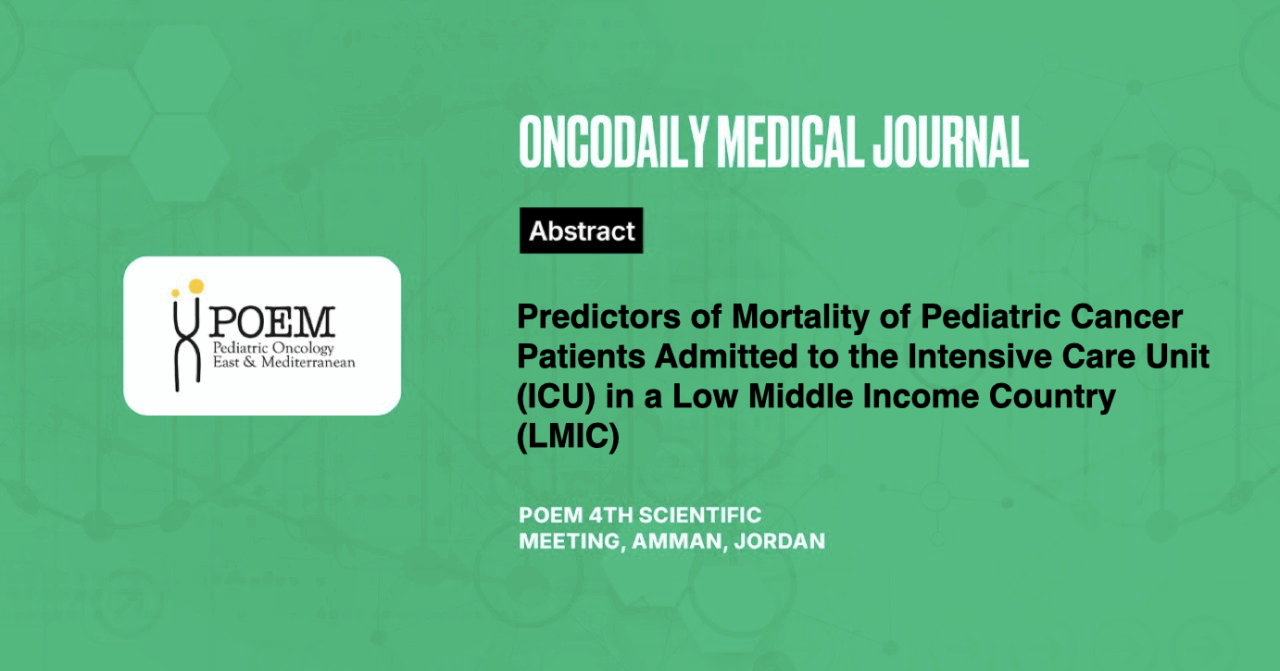Predictors of Mortality of Pediatric Cancer Patients Admitted to the Intensive Care Unit (ICU) in a Low Middle Income Country (LMIC)
Abstract
Introduction: Advances in cancer treatment have significantly improved survival rates for cancer patients, but this has also led to an increase in the number of pediatric cancer patients requiring ICU admission due to the severity of their illness and treatment complications.
Methodology: A retrospective study including patients younger than or aged 18 years old at diagnosis of malignancy who were admitted to the medical ICU in The Children Cancer Hospital Egypt from January 1, 2019, to August 1, 2021. The primary objectives were to determine the mortality rate, identify the common causes of ICU admissions, and analyze the predictors of mortality among the pediatric cancer patients admitted to the ICU.
Results: A total of 1,501 patients were included. The most common diagnoses were hematological malignancies, including acute lymphoblastic leukemia 24% and acute myeloid leukemia 13%. The most common causes of admission were sepsis 39% and respiratory failure 31%. 17% of patients were admitted to the ICU on presentation as new cases.The mortality rate for the whole cohort was 32%. The most common causes of death were sepsis 45% and disease progression/relapse 28.6%.
Multivariable analysis identified higher mortality for patients admitted with septic shock (OR= 6.01, 95%CI 3.97-9.23, P<0.001) and respiratory failure (OR= 6.35, 95%CI 4.13-9.97, P<0.001), patients with progressive disease (OR= 1.86, 95%CI 1.38-2.50, P<0.001), those transferred from inpatient wards (OR= 1.63, 95%CI 1.20-2.22, P= 0.002) and patients with longer ICU stay (OR= 1.04, 95%CI 1.04-1.06, P<0.001).
Conclusion: Pediatric cancer patients admitted to the ICU in LMICs have a high mortality rate, which confirms the need for targeted strategies to improve outcomes in this vulnerable population. Key approaches suggested by our research include early cancer diagnosis, optimized identification of early warning signs of critical illness, and decreasing sepsis-related mortalities by strict infection control, early diagnosis, and antimicrobial stewardship programs.





